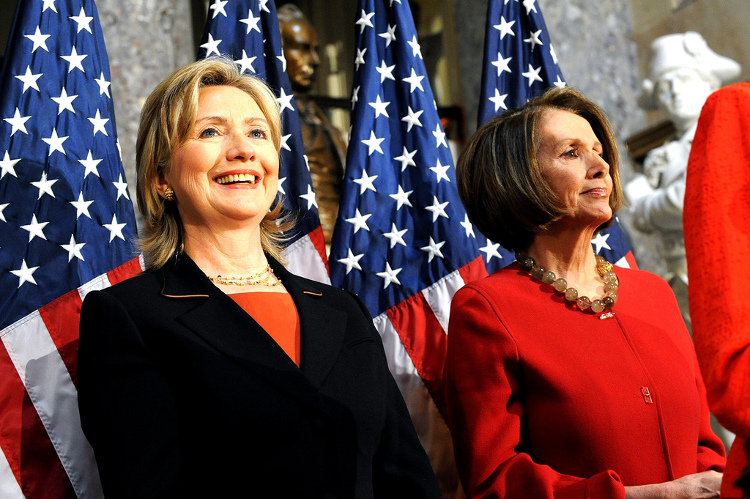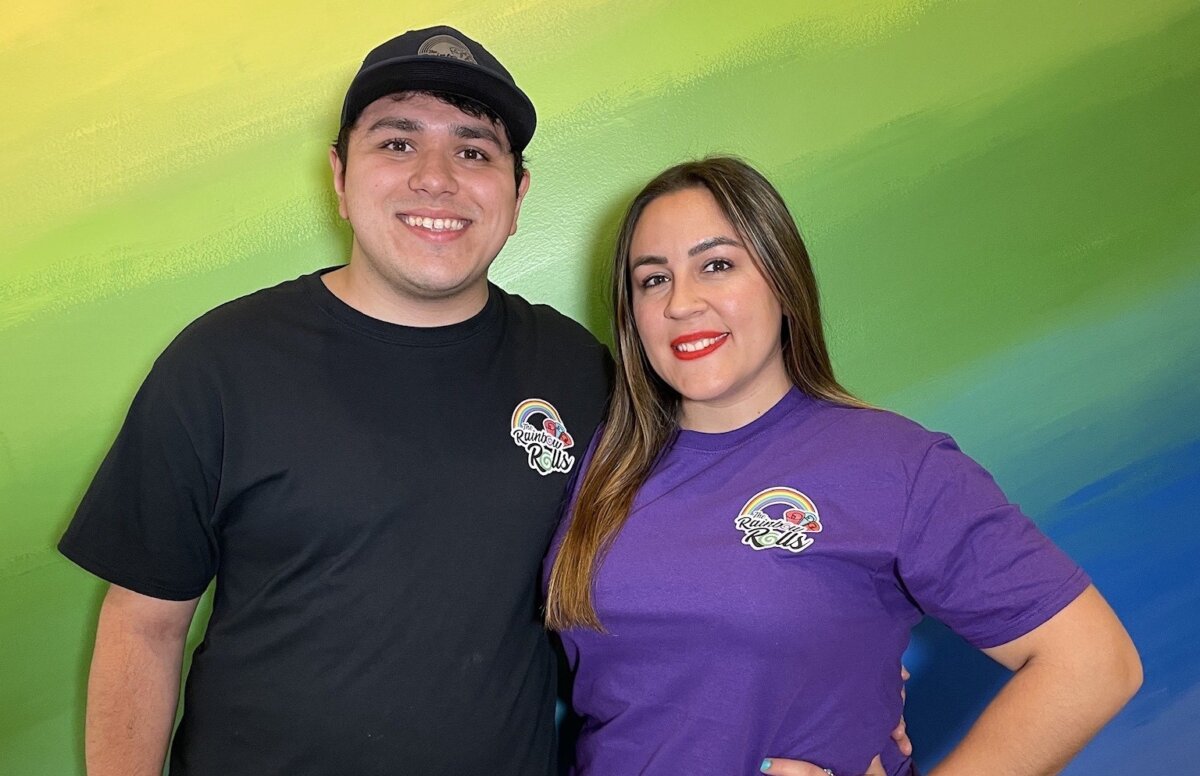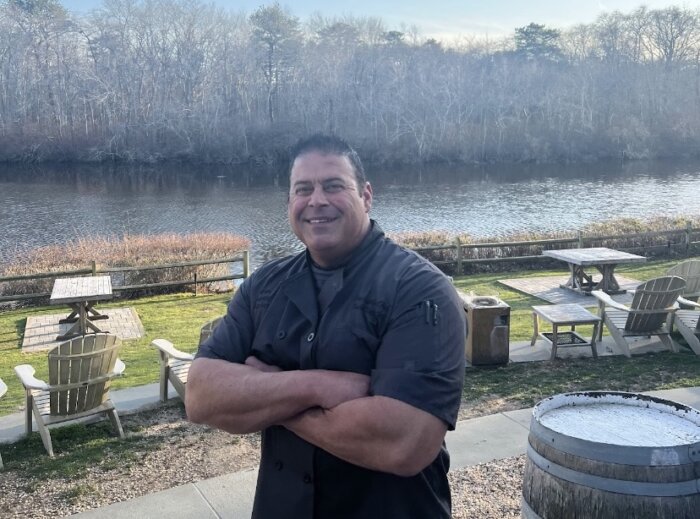This weekend in New York City, Hillary Clinton is set to hold her first official full-scale campaign rally for the 2016 presidential election. She’ll be speaking Saturday on Roosevelt Island, named after FDR not his First Lady, Eleanor, which would have been more appropriate considering the historic kickoff like the one Clinton is making.
Let’s look at the big picture and see how far she’s come—and how far we still have to go.
Next November some American women who were born when they, their mothers and their sisters all lacked the right to vote may get to actually elect the first woman president. And New York will have made it possible in more ways than one.
The woman’s suffrage movement took off upstate in Seneca Falls in the summer of 1848. If Clinton had chosen that venue for her big campaign event, I suppose the symbolism might have been too much for some squeamish men-folk and their female enablers to handle.
But it’s not like that reactionary crowd lacks inspiration. If only we could hold this election this fall, we might be spared some of the calumnies to come. Instead, we’ll have to withstand months and months of poisonous prevarication, pusillanimous punditry, and preposterous pomposity proliferated by the plutocrats and their plebeians just to feed every insatiable news cycle until Nov. 8, 2016. So much verbiage will be wasted signifying nothing while so many important problems facing our country and the planet will go unaddressed—and too many people will continue to suffer until their needs are met.
Reading a recent snarky column by Maureen Dowd sliming Hillary Clinton for the umpteenth time (with many more columns still to come) I was reminded of my first encounter with the leading Democratic nominee after she’d just become New York’s first woman Senator. Typical of some of our state’s highest achievers, she was born somewhere else—in her case, Chicago—and you can still hear traces of her Midwestern roots today when she speaks.
New York voters had welcomed the former first lady after she and her husband moved to Westchester County. Showing unabashed support for the local boy, Newsday had endorsed her Long Island-born Republican opponent, 42-year-old four-termer Rep. Rick Lazio. Whether it was the worst endorsement Newsday ever made is debatable. Regardless, Lazio lost by a double-digit margin. As Clinton told the TV cameras in her victory speech, “Today we voted as Republicans and Democrats. Tomorrow we begin again as New Yorkers.”
It was in that spirit of reconciliation that she came to Newsday to meet with the publisher, the editorial board and the op-ed department, which then included me. There, in the belly of the beast, so to speak, she was clearly amused at the situation and the apparent discomfort of our publisher who had sided with Lazio. She could have gloated, rubbed her triumph in his face, but she didn’t. She was gracious, charming, lively and intelligent—perhaps the smartest one in the room.
And there I was, sitting across the polished mahogany conference table in the publisher’s spacious office, eye to eye with the most hated woman in America, thanks to Rush Limbaugh and his ilk, and I was smitten. Of course, as friends and enemies would say, I’m gullible to begin with. But I admired her character, her strength, her sense of humor. My female colleagues, particularly our columnist at the time, Marie Cocco, didn’t want to cut her any slack, but so be it. Was it professional envy? Perhaps. As well as lingering resentment over the way she’d botched the Clinton administration’s health insurance reform by trying to keep it all under wraps. And there was also no doubt some disgust that she’d let her philandering husband mistreat her like the female subject of a country western song.
But she did so well representing the Empire State she won a second term. Her first attempt to win the White House didn’t go so well but she did end up as secretary of state serving in the administration of the man who’d beaten her for the Democratic nomination.
Last summer throngs of women and men lined the blocks around the Book Revue in Huntington when Clinton was on tour plugging “Hard Choices,” her 635-page memoir of her work leading the State Department. Across the corner on New York Avenue a small cadre accused her of “lying” about Benghazi but they hardly got a rise out of her fans—some had been camped outside since 11 p.m. the night before. Once inside the store, their excitement at meeting Clinton was palpable. These are the people she’ll need to come out to the polls in every state across the country if she’s going to win the race. But they will have to do a lot more than celebrity worship if they want her to succeed. The big question about Clinton’s candidacy, as columnists like the Washington Post’s Eugene Robinson has pointed out, is whether she can inspire the coalition that twice elected President Obama—young people, minorities, women—to rally to her side. And that’s just to win her race next November, assuming she’s the Democratic nominee. If she is going to make any progress on Capitol Hill, she’ll need a majority in the Senate and the House to support her positions.
I don’t know if the men and women I saw at the Book Revue are up to the task. But it is helpful to remember how long it took New York’s most famous suffragettes, Elizabeth Cady Stanton and Susan B. Anthony, before they made any headway in getting their sex the right to vote.
As Stanton once wrote:
“Night after night by the light of an old-fashioned fireplace, we plotted and planned the coming agitation, how, when, and where each entering wedge could be driven, by which woman might be recognized, and her rights secured…Such battles were fought over and over again.”
Fittingly, Stanton’s and Anthony’s nicknames were “Napoleon” and “General.” When they first met in Seneca Falls in 1851, Elizabeth was a 35-year-old mom with four boys, ages nine to three months. Susan was 31 and unmarried.
They wouldn’t have met in Seneca Falls had it not been for another New York woman who was a real liberator: Amelia Bloomer, an upstate feminist who advocated that women wear a short skirt and loose trousers to get rid of their constricting whale-boned bodices and “shed the burden of long, heavy skirts;” today her fashion creation is known to us as “bloomers.” Very modest, she refused to take credit for the dress design, let alone profit from it. When we read coverage of what Hillary Clinton is or is not wearing, we should take a moment to praise Ms. Bloomers for making pants-suits possible.
Elizabeth Cady Stanton and Lucretia Mott organized the first women’s rights convention, which began July 19, 1848 in Seneca Falls. Twenty years later, the amendment to the Constitution was first proposed on Dec. 7, 1868. The goal, according to the National Archives, was universal suffrage, so the 1870 passage of the 15th Amendment, granting black men the right to vote, was regarded as a partial victory. But afterwards progress stalled on what the women hoped would become the 16th Amendment.

In the 1872 election in Rochester, Susan B. Anthony registered to vote and dared to cast a ballot even though she knew she’d get arrested for “knowingly, wrongfully and unlawfully” voting. She was convicted and fined $100. She vowed she’d never pay a penny. Instead, on Jan. 12, 1874, she petitioned Congress that the fine be remitted because her “conviction was unjust.” Congress rebuffed her. Almost a century later, Congress did approve putting her stern visage on a dollar coin, which was minted from 1979 to 1981, and again in 1999. Despite Anthony being the first woman ever to adorn U.S. currency, her coin never quite caught on, in part because it was about the size of a quarter. On eBay a Susan B. Anthony Dollar apparently ranges from $2.99 to $25.
Coin collecting was farthest from the minds of the suffragettes in the 19th century. But you wonder what they would have thought of all the money that Hillary Clinton has to raise just to be a viable candidate in our republic. At least, Clinton should have President Obama on her side this time around. The suffragettes counted on African Americans to help them, too.
In 1877 Frederick Douglass, Jr., notably signed the Petition for Woman Suffrage, asking Congress to “prohibit the several States from Disenfranchising United States Citizens on account of Sex.” His name appeared at the top of the column of signatories under the “Colored MEN” heading. Douglass’s famous father, a former slave and leader of the abolition movement, had attended the historic Seneca Falls Convention in 1848, writing an editorial at the time that “in respect to political rights…there can be no reason in the world for denying to woman the elective franchise.”
But reason, as it is so wont to do in America, fell on deaf ears.
After decades of distractions and setbacks, the tide began to turn. New York adopted woman suffrage in 1917. Interestingly, New Jersey had granted women the right to vote after the Revolution only to rescind it in 1807. Another significant step was taken on May Day in 1917 when the Association of Army Nurses of the Civil War sent a supportive letter to the U.S. House Judiciary Committee. But the opposition wouldn’t go away. The same year, as America entered the First World War, the Women Voters Anti-Suffrage Party of New York circulated its petition to the U.S. Senate. Their argument against making “such a radical change in our government” said that “our country in this hour of peril should be spared the harassing of its public men and the distracting of its people from work for the war…” They quoted one of the measure’s leaders, Mrs. Carrie Chapman Catt, who had urged the amendment’s supporters to wage “a simultaneous campaign in 48 states” and create an “organization in every precinct; activity, agitation, education in every corner. Nothing less than this nation-wide, vigilant, unceasing campaign will win the ratification.”
Apparently that’s exactly what it took to get the measure through. At the turn of the 20th century, the momentum was irreversibly on the women’s side. In 1918, President Woodrow Wilson switched positions in favor of enfranchising women. A year later, the House approved the 19th Amendment 304 to 90, and the Senate passed it 56 to 25. Can you imagine how the wives felt being married to those men who’d voted no? The first states to ratify it were Illinois, Wisconsin and Michigan; on Aug. 24, 1920, Tennessee became the crucial 36th state to follow suit, and so the amendment became law. Interestingly, Maryland didn’t get around to ratifying the amendment until 1941.
A year from now an American woman may lead this country. About time, I say.
When I look at the men the Republican Party now has running for president, I can hear them saying, “Hey, my billionaire’s bigger than yours!” But when I hear Hillary Clinton finally saying the obvious—that she’s willing to put up with all the crap the most vile right-wing minds can muster in order to win the White House—I grin. If those guys want to throw bad money after good, I say, bring it on, boys.
As Abigail Adams famously wrote her husband John in March 1776 while he was in Philadelphia with the Continental Congress (and long before she herself became First Lady), “Do not put such unlimited power in the hands of husbands. Remember, all men would be tyrants if they could.”
Let’s be clear who Hillary Clinton is—and who she is not. She wouldn’t be on the campaign hustings had not Susan B. Anthony and Elizabeth Cady Stanton come first. But she’s not like them. Nor is she nearly as radical as Mother Jones, Emma Goldman, or Sojourner Truth. She’s an upper class woman who graduated from Wellesely College in Massachusetts. No, she’s not as “progressive” as Sen. Elizabeth Warren or Sen. Bernie Sanders. We need those two in the Senate right where they are, but they’re going to need many more colleagues who think like them if we’re going to win the fight for fair pair pay, reproductive rights and the prosperity of the middle class. Not to mention saving Social Security and expanding Medicare.
Let’s be glad Clinton is definitely no Carly Fiorina, the Hewlett Packard CEO, who laid off 18,000 workers but was still dumped by her board two years later although she did get a “golden handshake” worth $21 million. What did the unemployed get? Bupkis. What is Fiorina hoping to get by running with the GOP guys? The Republican vice-presidential nomination. But she’s no comedienne, so the joke may be on her.
Electing Hillary Clinton president is no laughing matter.
You don’t have to go to a skilled nursing home to find women alive today who were born without the right to vote. Come November 2016, these elderly women will get a chance to do something their mothers never dreamed possible. Is that what the campaign of Hillary Clinton is all about? Hardly. But don’t discount that historic movement for a moment. It’s going to take their spirit to save this great land of ours.
























